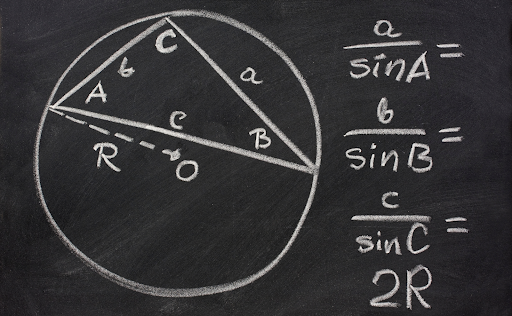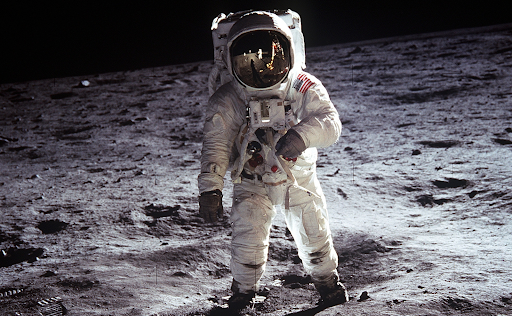Astronomers and space enthusiasts around the world have gone wild with the news of the latest image from NASA’s James Webb Space Telescope, now the deepest infrared image of the universe. A new era of the space world has begun, and we are thrilled to see more to come. So… how is math connected to all this?
Did you know that math is an important factor in space science? That we need math to discover what’s out there and explain all these extraordinary phenomena in our universe?
Why do we need math in space? Let’s find out!
What is Astronomy?
Astronomy is the study of everything in the universe except what is contained by our planet’s atmosphere. That includes celestial bodies like the sun, the moon, planets, and stars that we can see with our unaided eyes. It also includes far-off galaxies and small particles that humans can only glimpse through telescopes or other tools.
Astronomy and mathematics have a long history together. Much of the mathematics required to interpret the information obtained from astronomical observations, comes from physics first theorized by mathematicians.
Ever since the dawn of civilization, the solar system has captivated people worldwide.
Mathematics and astronomy have grown together and mutually enriched each other, with astronomers making observations to prove the theories dreamed up by mathematicians.
For example, astronomers use trigonometry to determine how far away from Earth the stars and planets are. NASA scientists even utilize these mathematical methods to create space shuttles and launch rockets.
Without knowledge of it, there would never have been any satellites launched into orbit or missions to the moon by humans.
TRIGONOMETRY
Early astronomers were tasked with documenting and explaining the changes in the sky. To achieve this goal, astronomers had to invent the proper geometric tools, and trigonometry was born. Trigonometry, a name derived from the Greek for “measurement of triangles,” is the science of measuring angles and was the primary tool of ancient astronomy.
As a result, astronomers who wanted to determine the distance between two stars were able to do so with angles created between the stars and Earth.
CONICS
With a similar origin story as trigonometry, conic curves were also developed by Greek mathematicians in the fourth century BC. They were originally developed for other mathematical purposes, as a way to describe the junction of a plane and a cone, but eventually became a point of fascination when it was found that ellipses could describe the shape of orbital motion.
The Greeks’ definition of conic sections highlights many curve types that are divided into four primary families; the circle, the ellipse, the parabola, and the hyperbola. These shapes, often studied in high school geometry class, are commonly used in astronomy to describe the movement of celestial objects.
How Do Astronauts Use Mathematics?
Astronauts are people who can command, pilot, or are crew members of a spacecraft. Astronaut crews constantly use math to do complex mathematical calculations, including the spaceship’s launch and maneuvering. The instruments of a spacecraft, such as telescopes, gather loads of data. This data may represent the amount of light that various celestial objects are emitting, the sort of light they are emitting, solar radiation, etc. The astronauts’ job is to record and sometimes interpret this data.
To understand the information these data represent, astronomers and other scientists back on Earth analyze them using math and statistics. Successful scientific missions, like those carried out on the International Space Station, are the result of the coordination of all of these scientists using math together.
What’s more is that during every mission, astronauts are supported from Earth by a veritable army of other scientists using math based on their respective fields of science. Engineers, biologists, physicists, and other scientists all come together to ensure the proper functioning of the equipment and the efficiency of the mission. Designers and engineers employ mathematics to measure distance, velocity, and safety when developing, maintaining, and supporting space-faring vehicles for missions. Doctors and biologists use math and statistics to study the effects of spaceflight on astronauts and other organisms.
These mathematical calculations allow astronauts to fly into space to carry out missions, covering a range of fields of study, from how the spacecraft leaves the Earth’s atmosphere to how the astronauts survive the journey.







